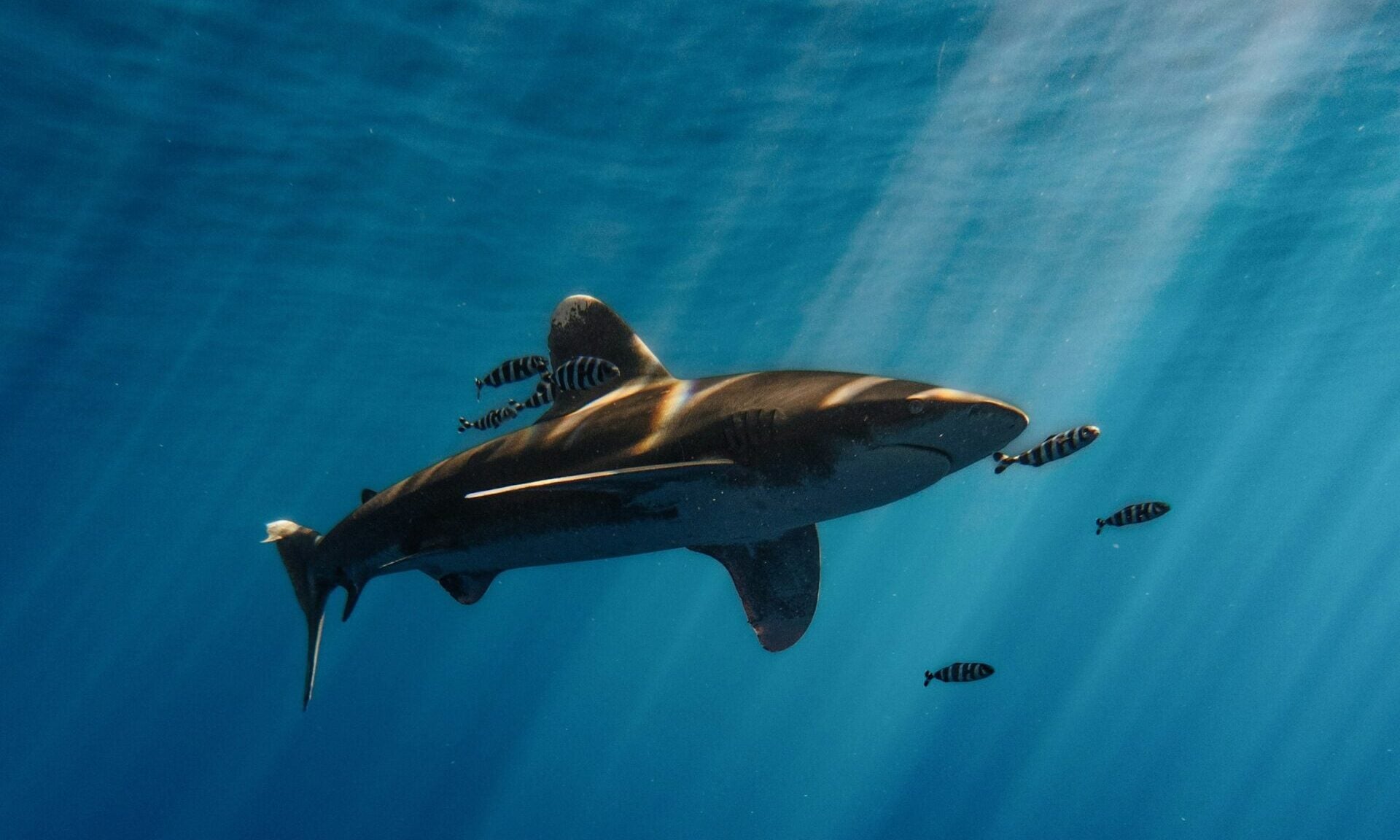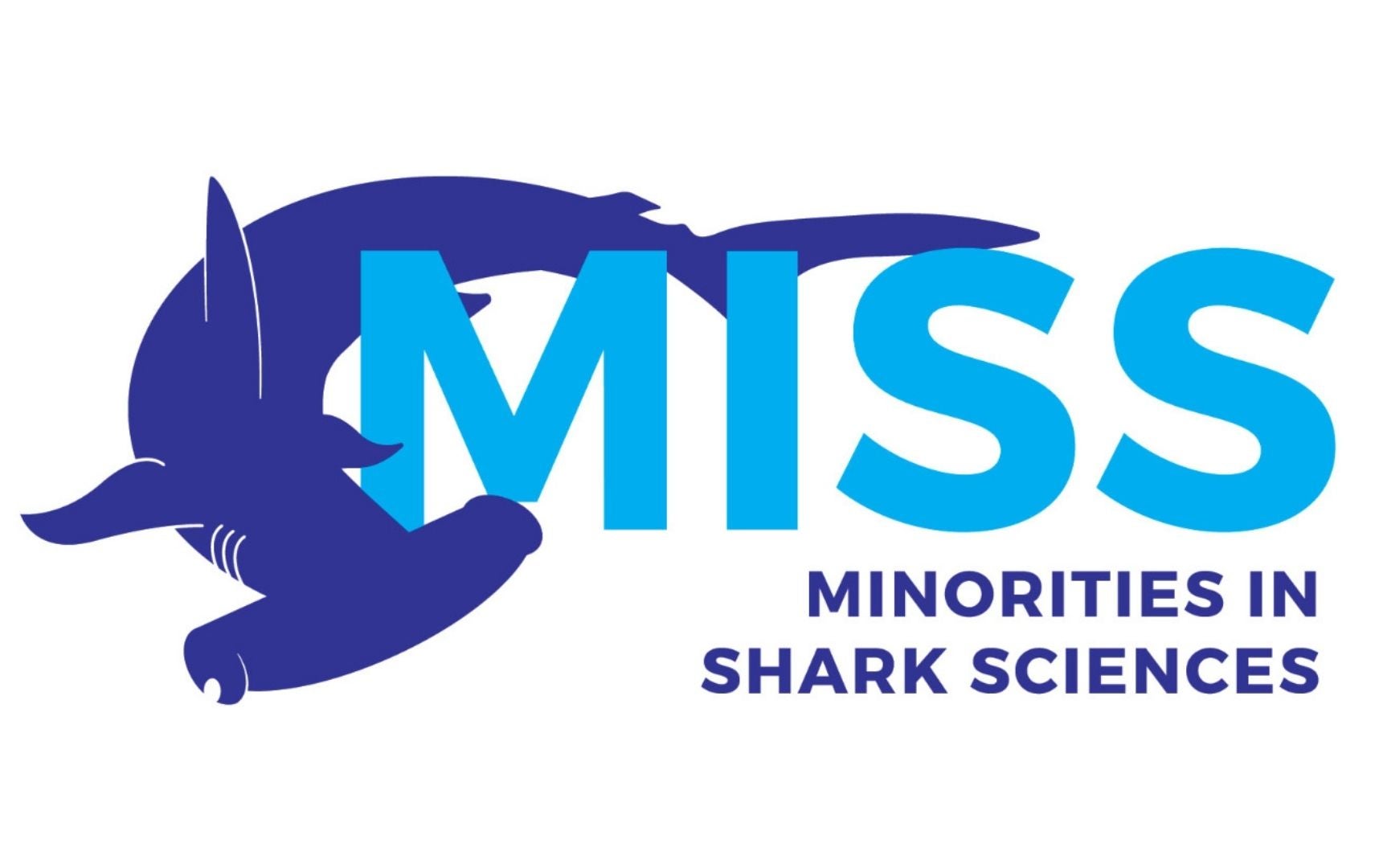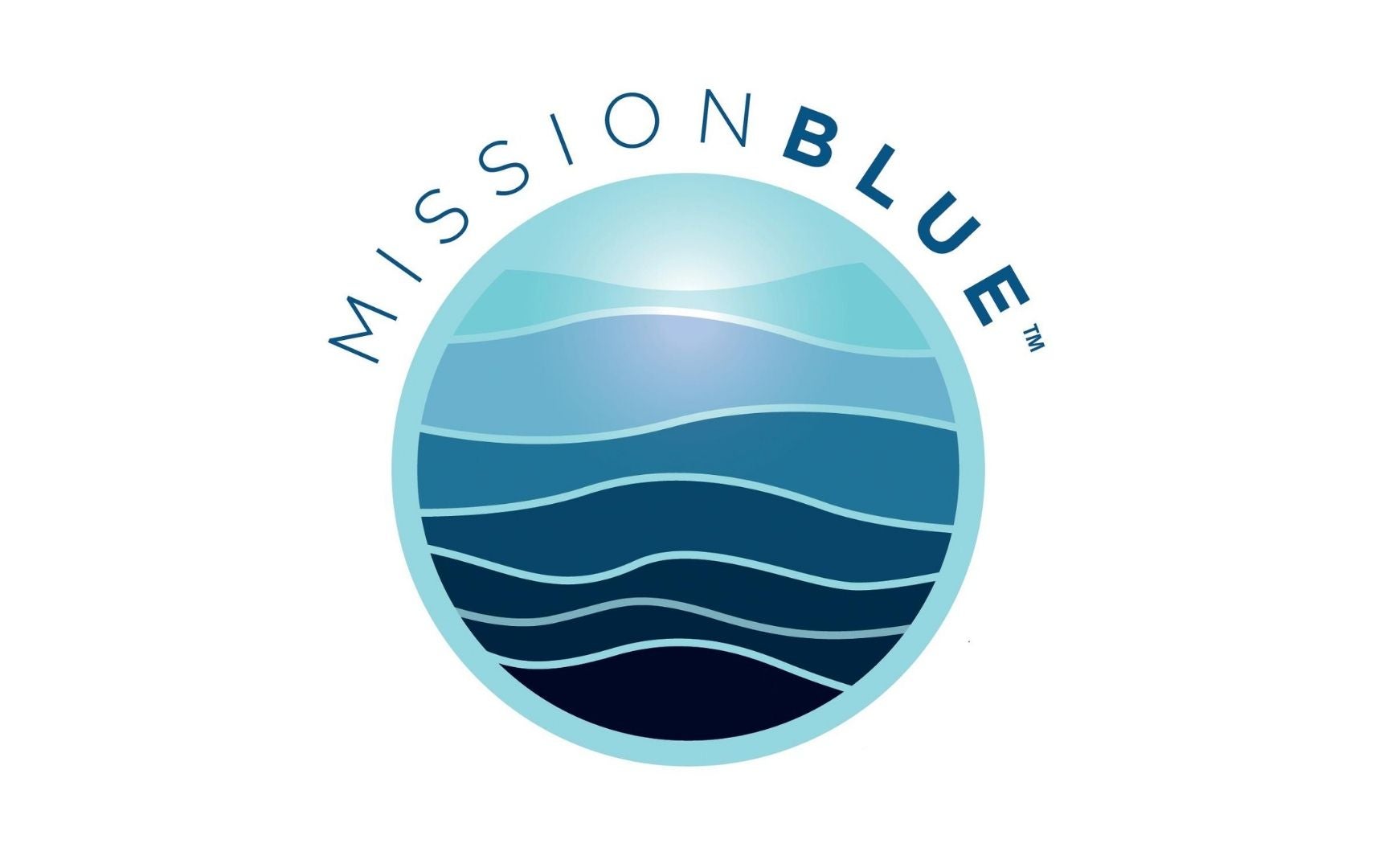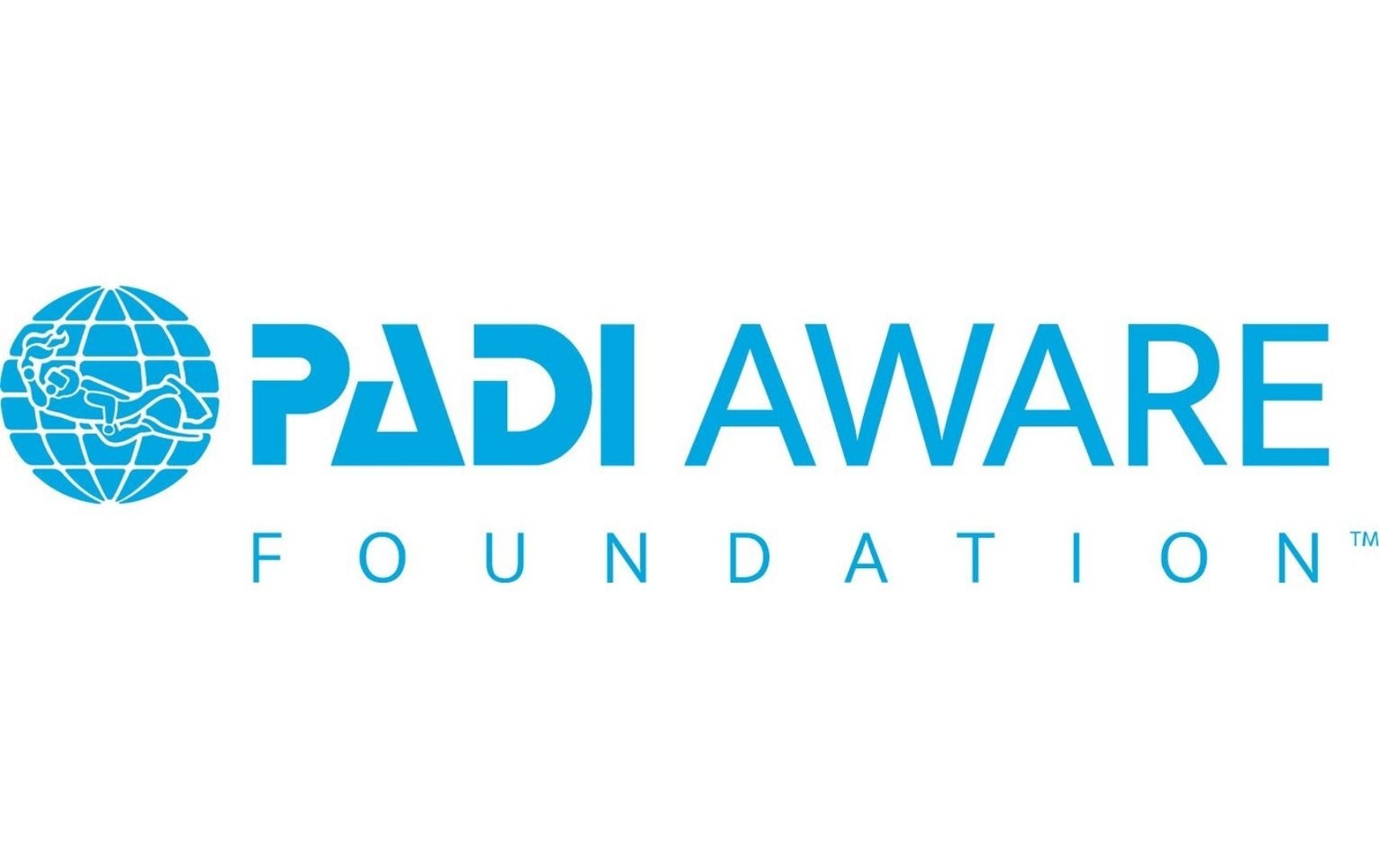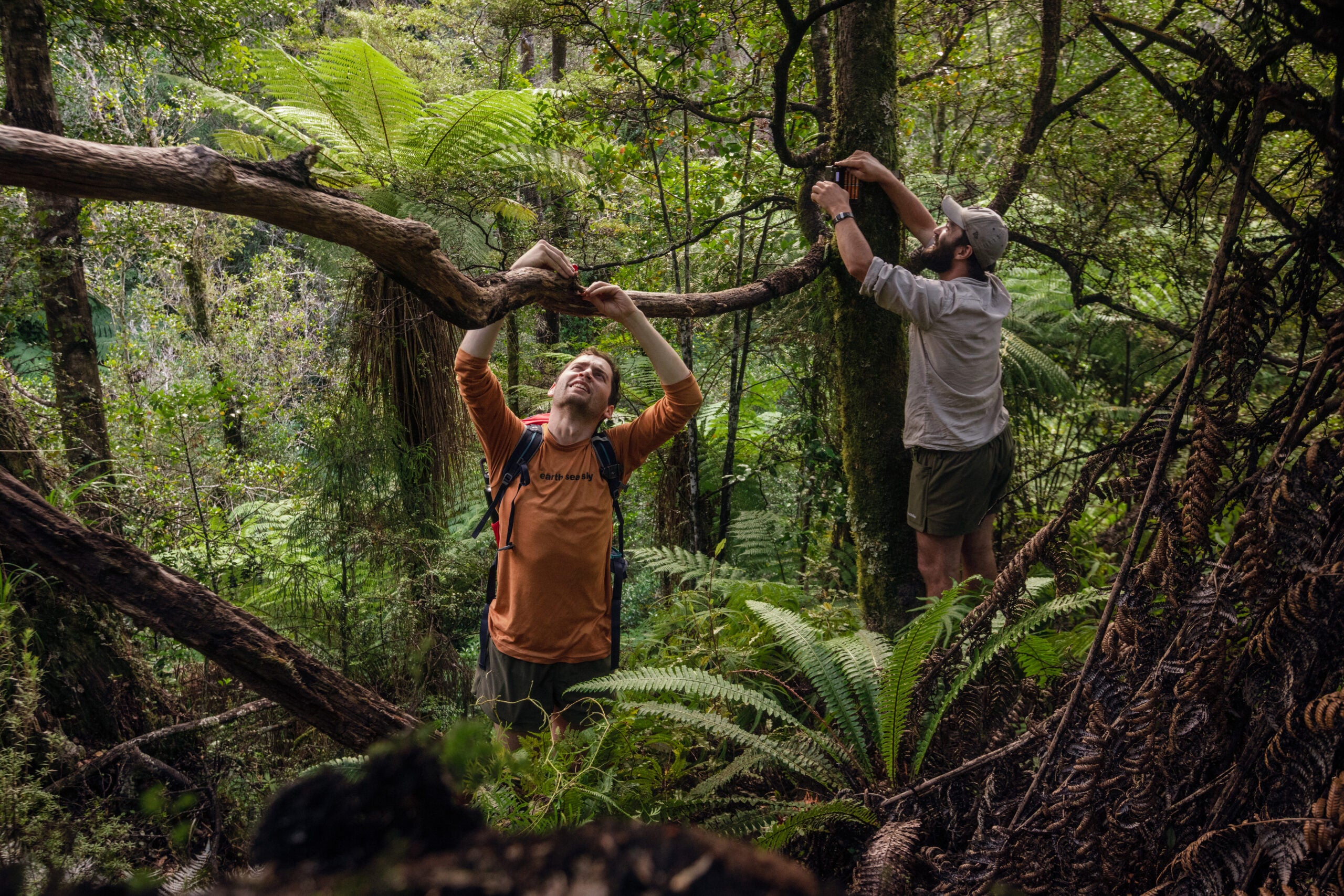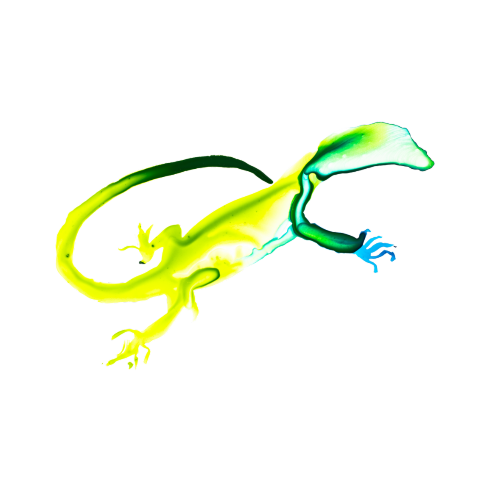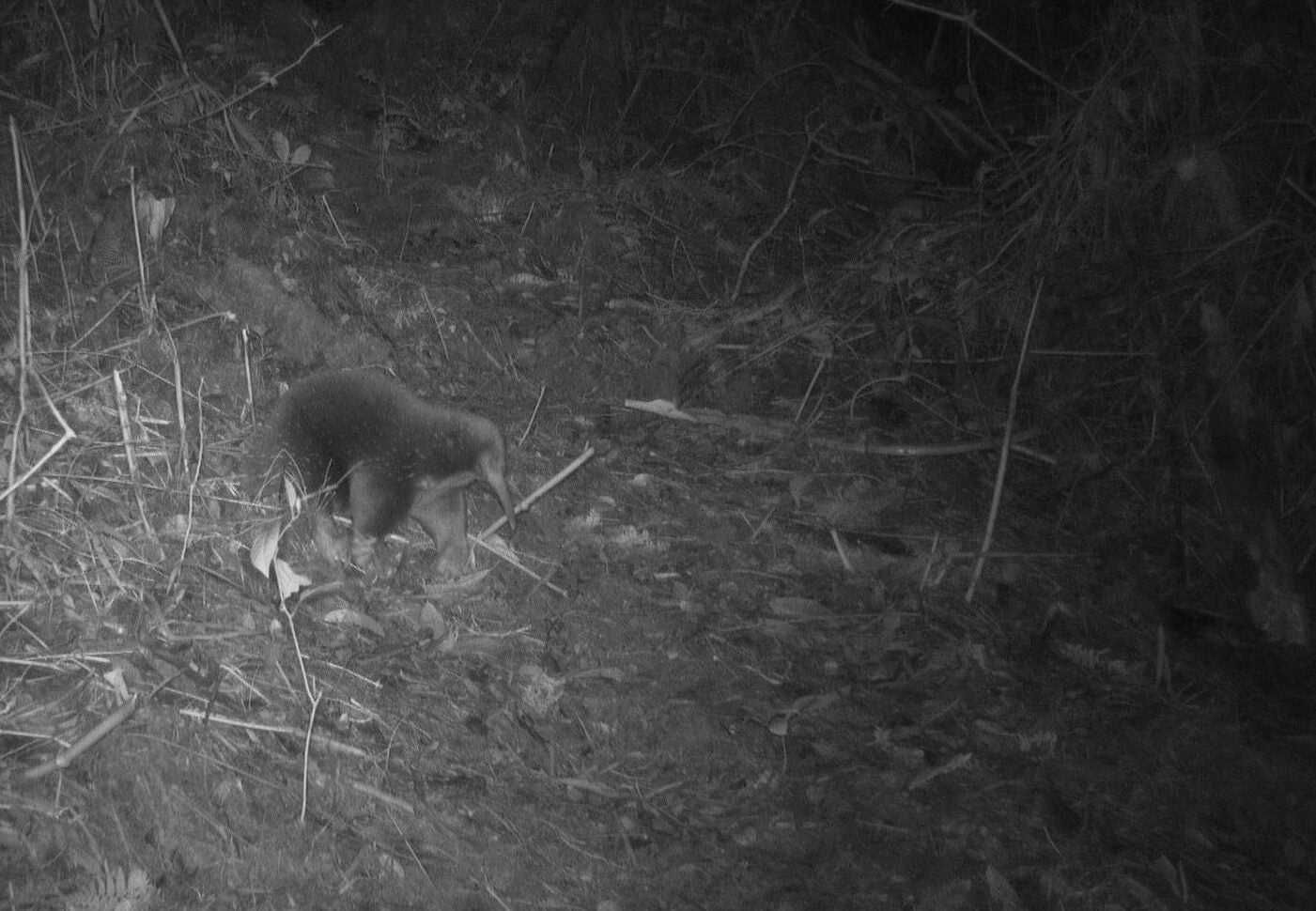Lost Sharks
Looking beneath the waves for those who play a vital role in the health of our ocean ecosystems.
Sharks and rays are among the most threatened vertebrate species in the world. Thirty-six percent of all 1,250 known species are threatened with extinction. T
Together, Re:wild, Beneath The Waves, Minorities in Shark Sciences (MISS), Mission Blue, PADI (the Professional Association of Diving Instructors) AWARE, ReShark and Save our Seas Foundation are sharing our resources and expertise to search for the 428 shark, ray and chimera (shark-like fish found in the deep-sea) that have not been documented by scientists in at least 10 years. Members of the IUCN Species Survival Commission’s Shark Specialist Group helped develop the global list of all lost sharks.
The Search for Lost Sharks is currently focusing on searching for 10 species spread across the world.
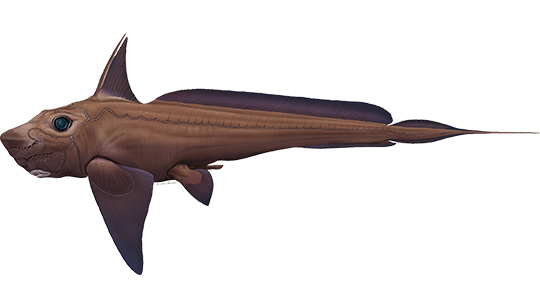
Bahamas Ghost Shark
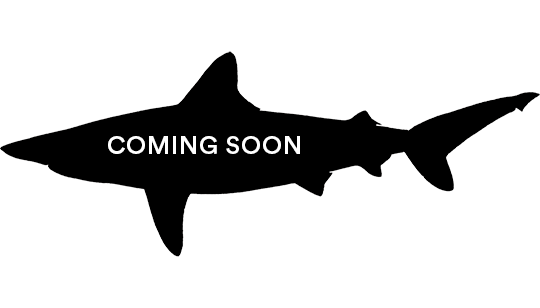
Crying Izak Catshark

Cylindrical Lantern Shark
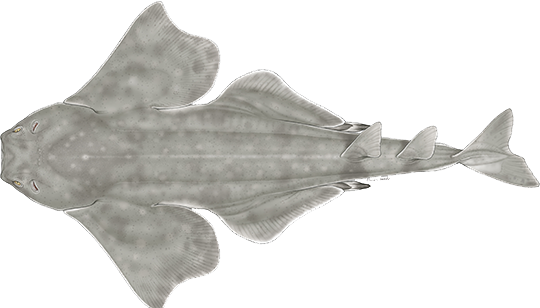
Indonesia Angelshark
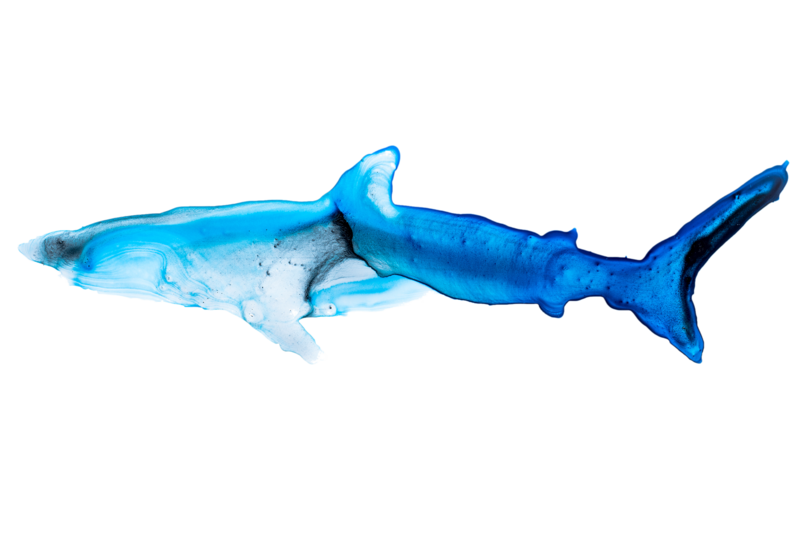
Pondicherry Shark
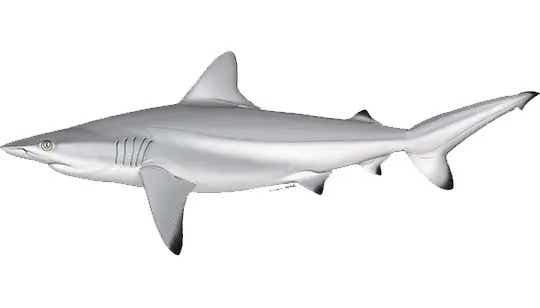
Lost Shark

Network Wobbegong

New Ireland Stingaree

Red Sea Torpedo Ray

South African Dwarf Skate
Explore More About Lost Species
Continue your journey to learn how lost species are found, why they disappear, and the full scope of our search efforts.
